Dubuffet Typographe
Pierre Leguillon

Lives and works in Bruxelles (Belgique).
Date:
2013
Medium:
Edition, 364 pages
Dimensions:
15,2 x 21 cm
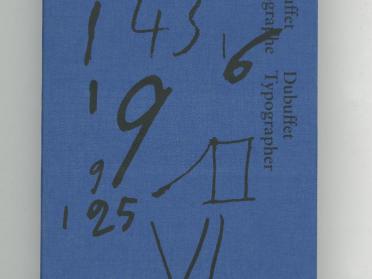
Dubuffet Typographe, a book by Pierre Leguillon, 2013, 21 x 25 cm
A tribute to the French artist Jean Dubuffet (1901–1985) and to the typographic strategies with which Dubuffet achieves, on a visual level, his plan to destroy language through books and lithographs.
Dubuffet Typographe/r investigates the former wine-dealer's professional acumen, demonstrated by Dubuffet's creation of Art Brut and culminating in the management of an entire staff working to promote, document, and archive his activities. In the light of today's obsession with self-promotion, Dubuffet can be understood as a forerunner of artists such as Jeff Koons or Damien Hirst. Once again, Leguillon's approach follows seemingly marginal paths, which ultimately prove to be unexpectedly revelatory. Travelling to public and private archives such as la Fondation Dubuffet in Paris, the Bibliothèque Kandinsky at Centre Pompidou or to IMEC in Caen, Leguillon has photographed ephemera such as invitations, posters, catalogs, artist's books, flyers, tickets, and record sleeves. These images were then used to execute a “recadrage“ (re-framing) of Jean Dubuffet and his activities. Like a meticulous “detective,“ Leguillon shows us how “for each project, Dubuffet invented a new way of writing and composing text—quite possibly by simply improvising. By this, he rejected the standardization as imposed by the printing process and typing, an education he himself went through. In books and lithographs, Dubuffet thoroughly sabotaged writing and typography (l'écriture) by fragmenting and distorting it, thus achieving, on a visual level, his plan to destroy language.”
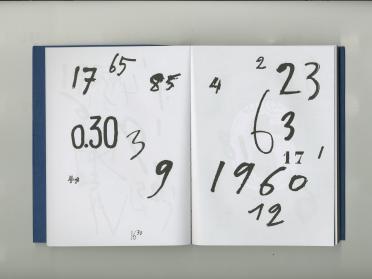
Dubuffet Typographe, a book by Pierre Leguillon, 2013, 21 x 25 cm
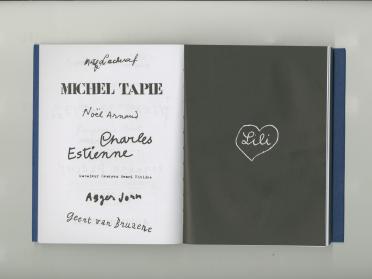
Dubuffet Typographe, a book by Pierre Leguillon, 2013, 21 x 25 cm
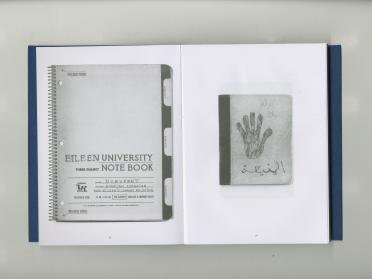
Dubuffet Typographe, a book by Pierre Leguillon, 2013, 21 x 25 cm
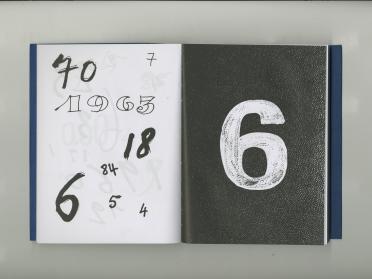
Dubuffet Typographe, a book by Pierre Leguillon, 2013, 21 x 25 cm